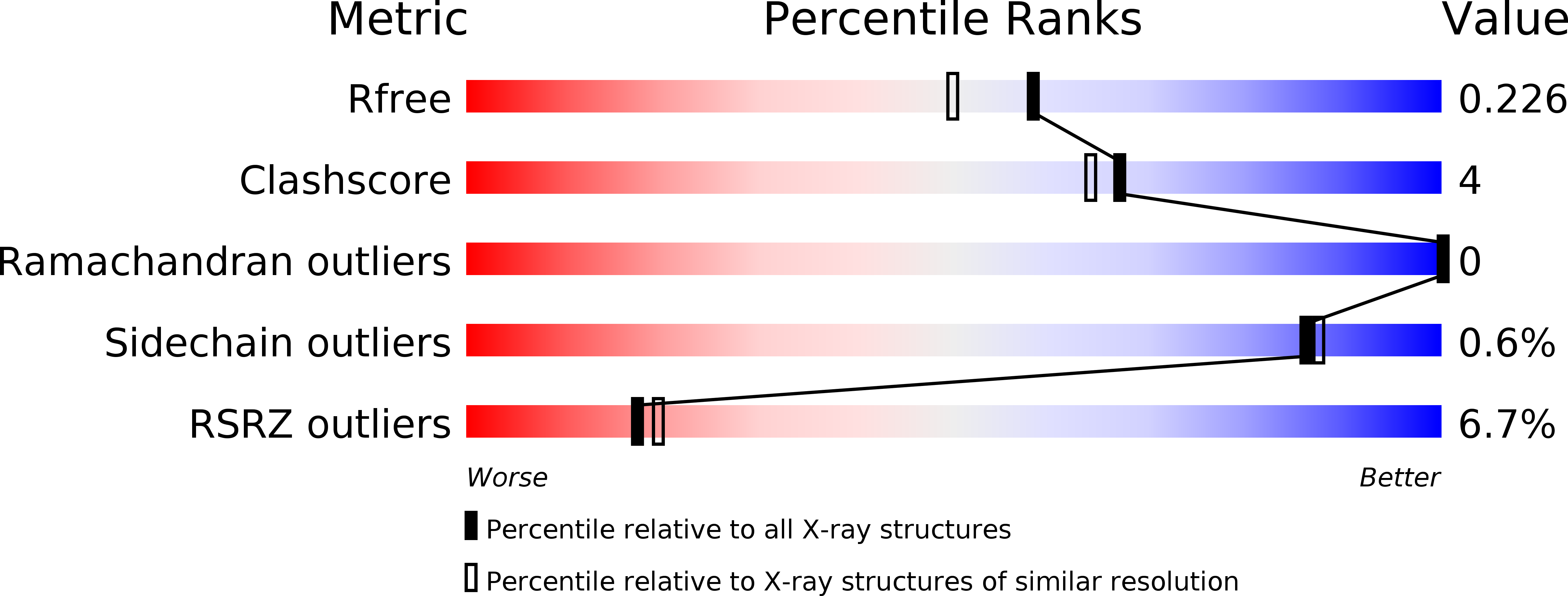
Deposition Date
2009-04-02
Release Date
2009-05-05
Last Version Date
2024-11-06
Method Details:
Experimental Method:
Resolution:
1.90 Å
R-Value Free:
0.22
R-Value Work:
0.18
R-Value Observed:
0.18
Space Group:
P 1 21 1


